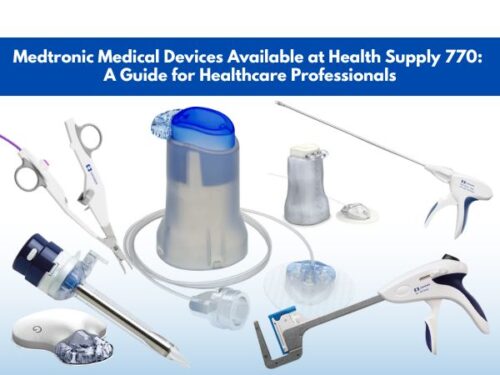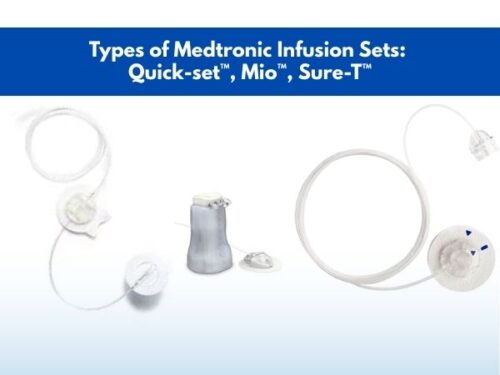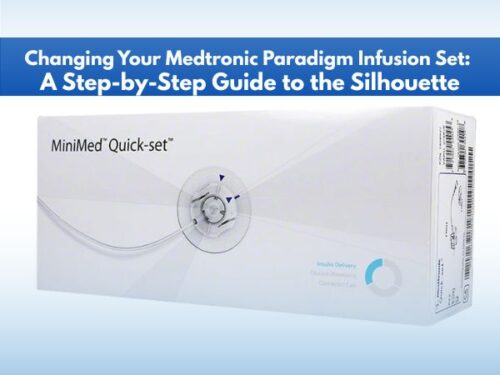How to Maintain Sterility with Aseptic Technique in Various Medical Settings

According to the Centers for Disease Control and Prevention (CDC), every 1 in 31 patients who have been hospitalized in the United States is prone to acquiring an infection from a healthcare facility. These infections not only push the patient toward a critical health state but are also associated with prolonged hospital stays. Although it may seem difficult in imagination, practically, the prevention of pathogen transfer is not essentially impossible. Nowadays, the employment of a suitable aseptic technique can help solve this issue by reducing the incidence of infections. Therefore, such methods are widely being adopted by medical facilities. Let us discuss some aseptic techniques which are effective in maintaining sterility in healthcare facilities.

What are Aseptic Techniques?
Aseptic techniques involve methods and practices that are employed in healthcare setups to protect the patients as well as the healthcare professionals from contracting infectious diseases. These techniques work by limiting the transfer of microbes from the patient’s open wounds to the physician or nurse dealing with her or him.
Moreover, a healthcare professional can also become a source of transferring germs to the patient thus initiating what is called a ‘healthcare-associated infection’ (HAI). Therefore, by using aseptic techniques, all kinds of possible germ transfer can be reduced.
When to Use Aseptic Techniques in Medical Facilities?
When it comes to adopting aseptic methods in healthcare facilities, the following procedures should be particularly focused:
● Dressing of burns or surgical wounds
● Suturing of wounds
● Administration of injections
● Conduction of biopsies as well as surgical procedures
● Insertion of catheters, wound drains, chest tubes, etc.
● Running intravenous line
● Conduction of dialysis
● Insertion of PICC lines
● Conduction of instrument-based vaginal examination
Maintaining Sterility: Elements of Aseptic Techniques
To achieve complete sterility i.e. the elimination of nearly 100% germs from a healthcare facility, the following strategies should be adopted:
Use of Barriers
Barriers are all kinds of physical objects that directly restrict the transfer of microorganisms from healthcare professionals to patients. These barriers are inclusive to the following:
● Sterile gloves
● Face shields
● Sterile gowns
● Sterile drapes
● Protective wrappers on sterilized instruments
Implementation of Contact Guidelines
Contact guidelines refer to a practice in which a sterile object, when comes in contact with a non-sterile object or surface, is considered non-sterile as well. This way, any possible chance of contamination could be minimized.
Preparation of Tools as well as the Patients
Before conducting a procedure, it is essential to sterilize all the necessary tools which are required for the surgery. For this purpose, methods such as steam sterilization, dry heat sterilization, or alcohol can be used. Moreover, the area of the skin that is to be operated on needs to be cleaned using alcohol.
Creating an Aseptic Field
Before starting a procedure that is susceptible to getting infected, it is also a recommended practice to create an aseptic field by thoroughly cleaning the operation theatre. In addition, the trays used to carry the tools should also be clean. To achieve an aseptic field, the following practices should be adopted:
● Keep the doors of the operation theatre closed
● Minimize the movements in and out of the aseptic area
● Ensure the presence of a single patient per aseptic field
● Restrict the entry of irrelevant personnel inside the aseptic field

Aseptic Technique: Types
Based on the situation, the following types of aseptic techniques are often adopted by the medical staff in the healthcare facilities:
● Sterile Technique
If complete sterility is to be achieved prior to surgery or another invasive procedure, a sterile technique is needed to be employed. In this method, the requirements of a sterile room in addition to an aseptic field are to be fulfilled.
Apart from these, the use of protective gear such as gowns, gloves, masks, caps tools, etc. should be ensured. The medical staff also goes through a detailed process of hand washing before entering the operation theatre.
● Surgical Aseptic technique
The surgical aseptic technique is used outside the operation theatres. Except for a sterile operating room, every other form of protective instrument and method is used in this technique. This method is considered suitable for procedures that take a long time to conduct and are significantly complicated. In addition, procedures that involve multiple parts of the body are also conducted using this method.
● Standard Aseptic Technique
Standard aseptic technique is the most commonly used method to achieve sterility. Medical procedures which are small in their scale such as wound dressing, IV line insertion, and dialysis, among others, are often conducted using this technique. The healthcare professions ensure the use of gloves, masks, and small aseptic fields to do so. Washing hands before starting the procedure is also mandatory.

All kinds of medical devices, along with many other medical supplies, can be purchased from Health Supply 770, a reliable name when it comes to medical products. They have a 30-day money-back guarantee and provide your products to you in the shortest possible time.
Conclusion
Hospital setups and other healthcare facilities are known to be the areas where microbes are harbored and transmitted at a higher rate. These pathogenic entities can be either transferred from the patients to the healthcare staff or from the healthcare professionals to the patients. In both cases, severe infections can occur.
To prevent this germ transfer, several methods can be employed which include the adoption of aseptic methods. These aseptic techniques ensure that the tools needed for a procedure are clean and free from germs, the healthcare staff has the necessary protective gear, and the rooms in which the procedures are being conducted have a sterile environment. By adopting such methods, the overall burden of infectious diseases can be significantly reduced.
References:



















